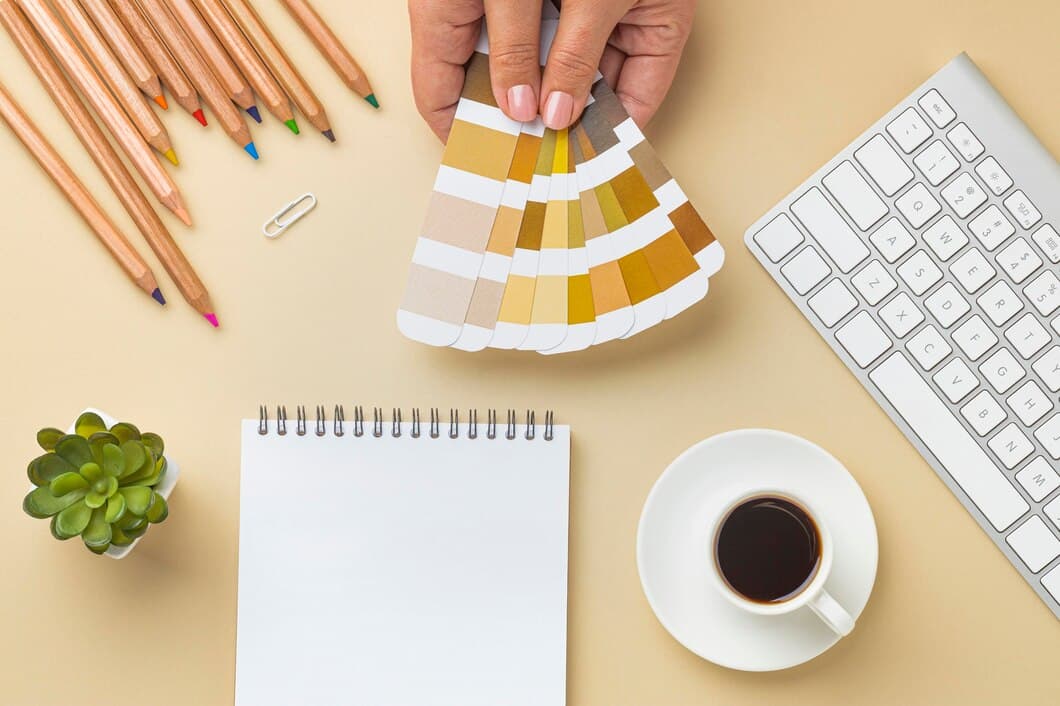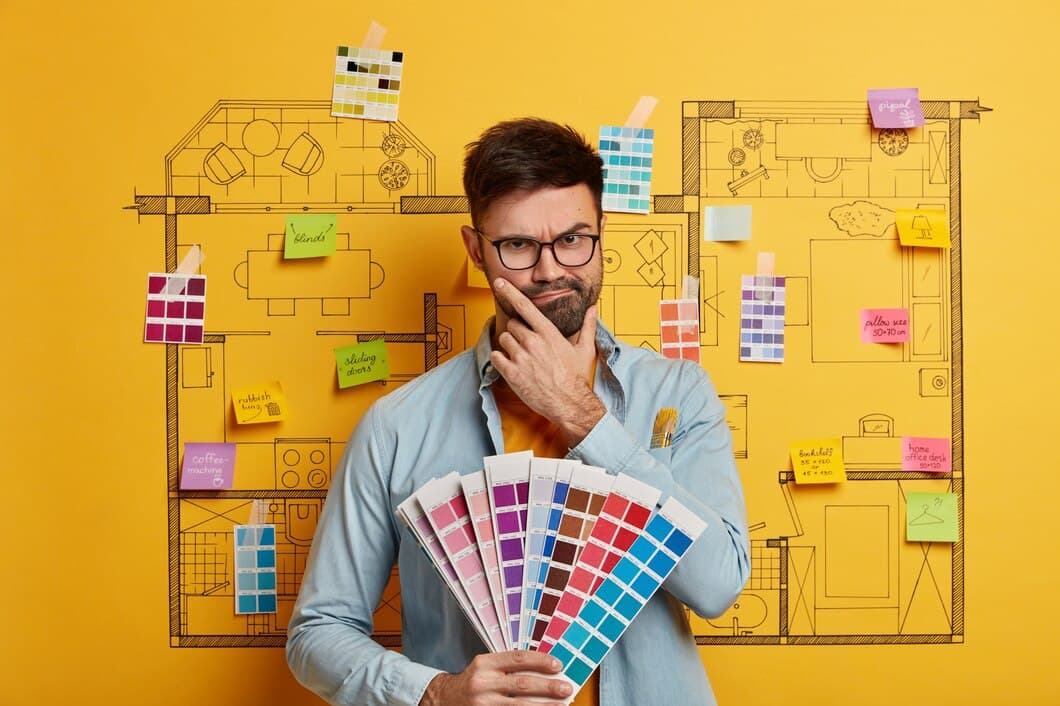Colour Psychology in Interior Design: Creating Mood and Atmosphere
Colour psychology is an essential aspect of interior design, influencing how we perceive and interact with our living spaces. The interplay between colour and emotional response can significantly impact the atmosphere of a room, shaping our experiences and moods. In this article, we’ll explore how different colours can transform interiors, create ambiance, and affect well-being.
Understanding Colour Psychology
Colour psychology delves into how different hues affect our feelings and behaviours. In interior design, this knowledge is harnessed to craft environments that align with the desired atmosphere of a space. For instance, warm colours like red, orange, and yellow often evoke feelings of warmth and comfort, making them ideal for living rooms and dining areas where energy and sociability are encouraged. On the other hand, cool colours like blue, green, and purple are known to promote calmness and relaxation, making them suitable for bedrooms and bathrooms where tranquillity is paramount.
The Impact of Color on Mood and Atmosphere
Colours play a pivotal role in setting the mood of a room. For instance, blue, often associated with serenity and calmness, can create a soothing environment in a bedroom. Alternatively, a vibrant yellow or orange can invigorate a kitchen or dining area, fostering a lively and engaging atmosphere.
The mood that colours set can be enhanced by creating spaces that help relax and rejuvenate. Incorporating elements that complement the chosen colour scheme can further improve the overall ambiance. For instance, you might find relaxation and entertainment through leisure activities. Exploring new online slot sites can offer engaging options for unwinding and complement your home’s calming atmosphere.
Colour Choices for Different Spaces
- Living Rooms: This space is often the heart of the home, where family and friends gather. Warm colours like taupe or beige create an inviting and cozy atmosphere, while a splash of bold colours such as burgundy or deep green can add character and style. To create a more dynamic environment, consider using accent colours and patterns that reflect your personality and interests.
- Bedrooms: For restful sleep and relaxation, cool tones like soft blues and greens are ideal. These colours help reduce stress and promote a sense of peace. Incorporating lighter shades can enhance the feeling of spaciousness, while deeper hues may add a touch of sophistication and comfort.
- Kitchens and Dining Areas: These spaces benefit from energising colours. Warm shades such as yellow and orange can stimulate appetite and encourage social interaction. These colours are often used in designs that aim to create a lively and welcoming environment.
- Bathrooms: This space often calls for a serene and refreshing feel. Soft blues, greens, and neutrals can evoke a sense of cleanliness and tranquillity. Adding natural elements or textures can further enhance the calming effect.
Incorporating Color Psychology into Design

When incorporating colour psychology into your design, it’s important to consider the overall theme and function of the space. Combining colours strategically can create a balanced and harmonious environment. For example, using a cool colour palette for walls and incorporating warm accents through furniture and decor can achieve a welcoming yet calming atmosphere.
In addition, colour choices can be influenced by cultural and personal preferences. While blue is universally calming, the intensity and shade can vary based on individual tastes and cultural associations.
The Role of Technology and Innovation
Modern technology has significantly impacted interior design, offering new tools and ideas to enhance creative and functional aspects of design. Innovations such as colour-changing LED lights allow for dynamic mood adjustments, and sophisticated design software helps visualise and plan colour schemes more effectively.
The gaming industry offers fascinating examples of how visual design can impact user experience. For instance, Big Time Gaming is renowned for its creative approach to slot machine design, where vibrant colours and engaging themes are used to create immersive and stimulating environments. Their expertise in creating visually appealing and interactive experiences can serve as inspiration for incorporating similar principles into interior design.
Conclusion
Colour psychology is a powerful tool in interior design, offering a way to shape the mood and atmosphere of any space. By understanding how colours affect emotions and behaviours, you can create environments that not only look beautiful but also enhance well-being and functionality. Whether you’re designing a cozy living room or a serene bedroom, thoughtful colour choices can transform your space into a haven of comfort and style. Embrace the power of colour psychology and let it guide you in creating interiors that truly resonate with your personal style and desired ambiance.
